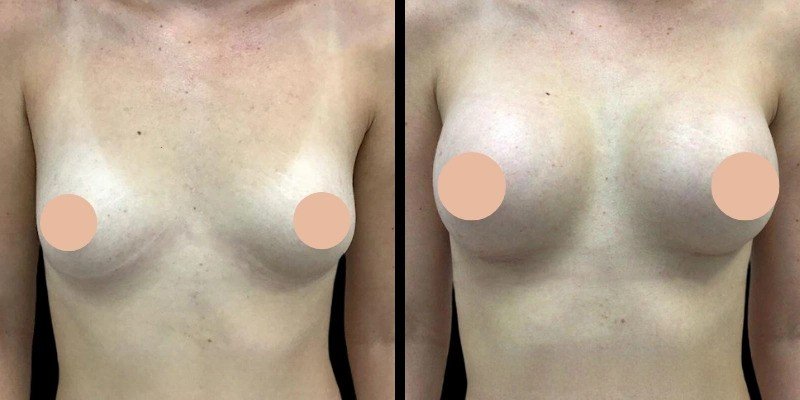Back pain is a common complaint for people of all ages, with many cases tracing back to spinal disc issues, such as bulging or herniated discs. While the terms are sometimes used interchangeably, bulging and herniated discs represent two different conditions with unique symptoms and treatment needs. This article explains the differences between the two, common symptoms, and highlights bulging and herniated disc treatment options to help readers find the right care for their needs.
What are Bulging and Herniated Discs?
The spine is made up of individual vertebrae cushioned by discs that act as shock absorbers and support flexibility. These discs have a soft, gel-like core encased in a tough, fibrous exterior. Problems arise when the structure of these discs becomes compromised:
- Bulging Disc: This occurs when the disc’s outer layer bulges out, but without rupturing. It often goes unnoticed at first because it may not cause severe symptoms. However, it can eventually press on nearby nerves, causing pain or discomfort.
- Herniated Disc: Also called a slipped or ruptured disc, a herniated disc involves a tear or rupture in the outer layer, allowing the soft core to press outward. Herniated discs often cause more intense symptoms than bulging discs due to the potential nerve compression.
Causes of Bulging and Herniated Discs
Both conditions share similar risk factors, such as:
- Aging: With age, discs lose water content, which makes them less flexible and more prone to issues.
- Poor Posture and Lifestyle Habits: Obesity, lack of exercise, smoking, and prolonged sitting or poor posture can increase the likelihood of disc problems.
- Repetitive Movements and Heavy Lifting: Physical activities that place strain on the spine, especially without proper technique, are often linked to disc injuries.
- Genetics: Certain people are predisposed to disc problems due to family history.
Symptoms and Impact on Daily Life
The symptoms of bulging and herniated discs vary, depending on the extent and location of the affected area:
- Pain: Can range from mild to severe, often localized in the lower back or neck but can radiate to the legs or arms.
- Numbness and Tingling: Pressure on nerves can cause numbness or a “pins and needles” sensation in the arms, legs, or extremities.
- Muscle Weakness: When nerve compression affects muscles, it can lead to muscle weakness, reduced coordination, or difficulty with mobility.
These symptoms can impact daily activities, sleep, and quality of life, especially if left untreated.
Bulging and Herniated Disc Treatment Options
Bulging and herniated disc treatment options can range from conservative approaches to advanced medical interventions. Treatment plans are best developed in consultation with a healthcare provider, based on the individual’s unique condition.
- Conservative Treatments
- Physical Therapy: A physical therapist can create an exercise program tailored to relieve pressure on the nerves, strengthen core and back muscles, and improve posture.
- Medications: Pain relievers like NSAIDs and muscle relaxants may be used to manage pain and reduce inflammation.
- Lifestyle Modifications: Weight management, regular exercise, and proper posture are crucial to preventing worsening symptoms or recurrence.
- Moderate Interventions
- Steroid Injections: For individuals with persistent pain, corticosteroid injections near the affected disc may reduce inflammation and provide temporary relief.
- Chiropractic Care: Some patients benefit from gentle spinal manipulations performed by a licensed chiropractor, which may relieve nerve pressure and reduce symptoms.
- Advanced Treatments
- Minimally Invasive Surgery: When conservative treatments don’t suffice, options like microdiscectomy or laminectomy may be recommended to remove disc material pressing on the nerve.
- Traditional Surgery: In rare cases of severe compression, more extensive surgery may be necessary to relieve pressure and restore function.
Success Stories: Real-Life Examples of Bulging and Herniated Disc Treatment Success
- Case 1: Jane, a 45-year-old office worker, found relief from a herniated disc through physical therapy and posture improvements. She now leads a pain-free life and incorporates daily stretching to prevent recurrence.
- Case 2: Mike, a 50-year-old construction worker, was diagnosed with a bulging disc. After implementing weight management, strengthening exercises, and periodic chiropractic adjustments, he regained his mobility and returned to work without discomfort.
- Case 3: Lisa, a 30-year-old avid runner, had a herniated disc that limited her activity. With physical therapy, lifestyle changes, and careful exercise adjustments, she resumed running and manages her symptoms effectively.
The Importance of a Personalized Approach
Because each person’s situation is unique, an individualized approach to bulging and herniated disc treatment is essential for lasting relief and quality of life improvements. By consulting with a healthcare provider, patients can develop personalized treatment plans to address their needs effectively and support their long-term health goals.



